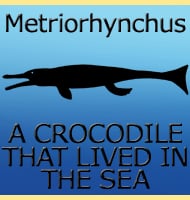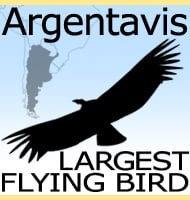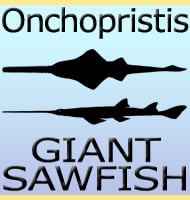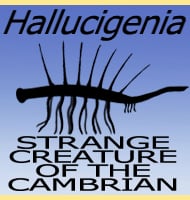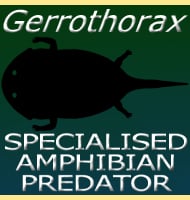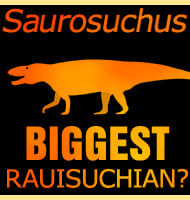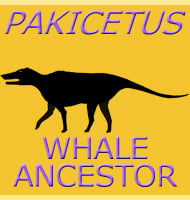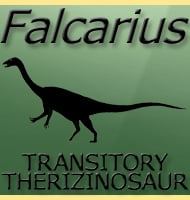In Depth
Although often compressed, and incomplete, Clelandina skulls have been noted as being particularly broad while having short snouts. These are two significant developments that may indicate that Clelandina had a particularly strong bite force. A wider skull would allow for greater room for larger (and hence more powerful) jaw closing muscles, while the short snout meant that food was nearer the point of jaw articulation (the fulcrum of the jaw mechanism) that allowed force to be focused upon whatever was in the mouth. A strong bite force suggest a preference for hunting prey that had particularly tough hides. It may also be that Clelandina had a greater disposition towards scavenging and having to process body parts like bones, though the dentition of sharp conical teeth around the front of the mouth does not support a scavenging lifestyle.
Another genus of gorgonopsid, Broomicephalus, might be synonymous with Clelandina.
Further Reading
- A contribution to our knowledge of the vertebrates of the Karroo beds of south Africa - Transactions of the Royal Society of Edinburgh, v. 61, part 2, n. 21, p. 577-629. - Robert Broom - 1948. - Studies on new specimens of Gorgonopsia: - Palaeontographica africana, v. 1, p. 1-28. - A. S. Brink & J. W. Kitching - 1953.

